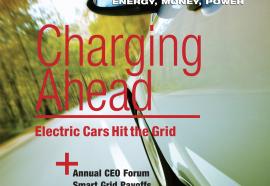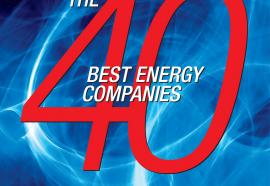Opportunities for the Brave
Navigating the power and gas markets.
The power and gas markets look very different today from what we were anticipating three to four years ago. Gas has gone from seeming shortage to seeming abundance with recent spot prices falling to well under $3/mcf. Power prices and volatility are down significantly. Demand is soft and excess capacity exists in most of the country. While it might be easy to attribute the conditions in the power markets largely to the recession, the reality is that the fundamentals of the market are materially changing—creating opportunities while revealing new pitfalls.








